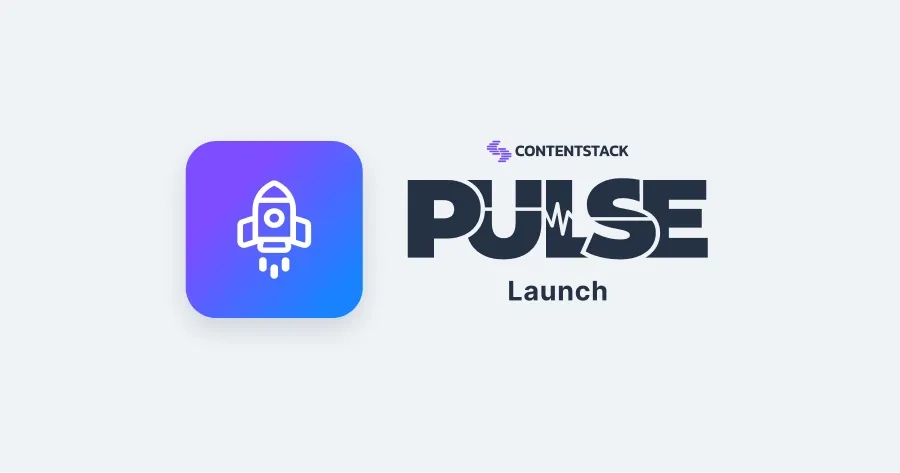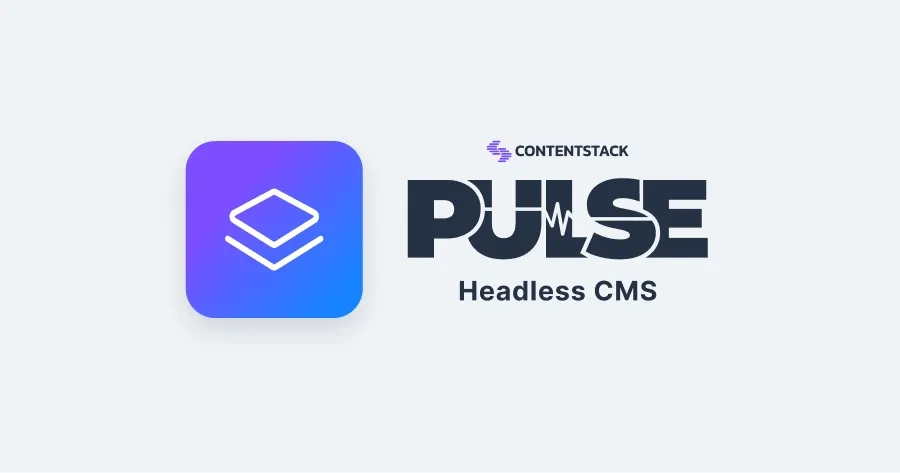Insights, strategy and product updates

How top enterprise companies use real-time customer data in their digital strategies
The three types of AI agents and how to get them to work for you
Your new command center for Data & Insights
Browse all articles
Loading....





.svg?format=pjpg&auto=webp)
.svg?format=pjpg&auto=webp)
.png?format=pjpg&auto=webp)






.png?format=pjpg&auto=webp)












